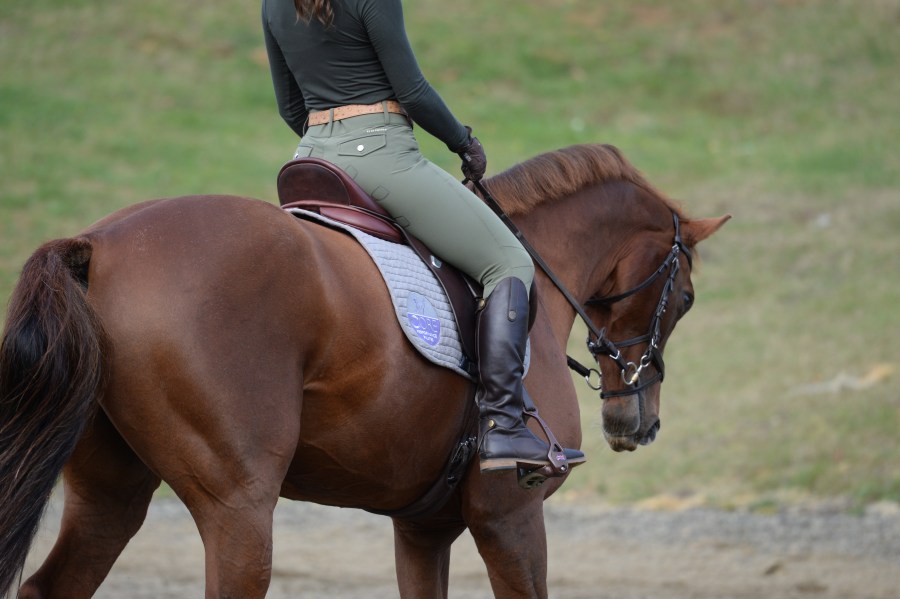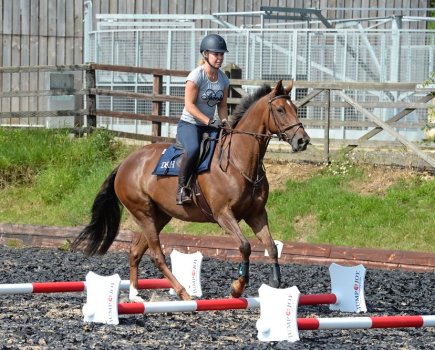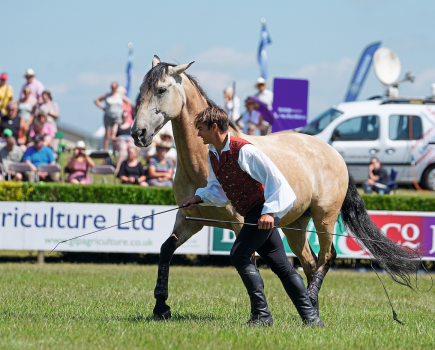Loops are put in dressage tests so that riders can show their horse’s ability and willingness to adjust the bend of their body to the curvature of the line it follows. This should be without any resistance or change of pace, rhythm or speed.
And as with any schooling movement, the devil’s in the detail – it takes consistency, preparation and coordination to ride a good loop, whether it’s 5m or 10m. Dressage judge and trainer Alex Gingell shares how to correctly ride a 5m loop, as well as his top tips for ensuring you ride them as accurately as possible.
How to ride it
Riding a shallower 5m loop has all the same benefits of riding a 10m loop, but everything happens a bit quicker, so make sure you’ve mastered the 10m loop before moving onto the more challenging 5m loop.
- When you’re ready to tackle a 5m loop, try it in walk first.
- Ride a 5m loop as if you’re riding H to A. As you hit the quarter line, make a smooth turn back to the track just before K.
- Once you and your horse are happy, try it in trot. You’ll find the changes of bend come up quickly, as you’re only riding to the quarter line rather than the centre line.
Top tips for accurate loops
- The corner before the loop is key. Riding a good corner as deep as you can – using a half-halt to prepare and balance your horse before starting your loop – will help to set you up for the rest of the movement.
- Ensure your horse is straight for one horse’s length on the two occasions where you ask for a change in bend.
- Show a clear and supple change of bend for the judge to see as the curvature of the loop changes.
- Be accurate – a 10m loop touches the centre line at X, whilst a 5m loop only goes to the quarter line.
- Keep looking where you’re going, riding your horse forwards with a good length of stride and ensuring their hindlegs are following the front ones.
- Return to the track slightly before the marker so that you’re exactly straight and on the outer track as you pass it.
- Half-halt to rebalance your horse and then ride into the corner to complete your loop.
Introducing counter canter
Once riding loops in trot feels easy, try riding them in canter. Riding this movement is a good introduction to counter-canter, as it only requires a few strides of gentle counter-canter. You just need to keep a check on your horse’s quarters – they need to stay straight underneath their body and not fall out at the deepest part of your loop and when you return to the track.
Meet the expert: Alex Gingell is a British Dressage list 4 judge and trainer. He and his wife Jayne founded and run Hack Up, an award-winning bespoke supplement company for horses.









